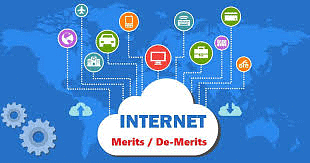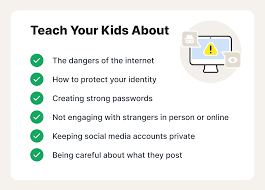Internet & Internet Safety Chapter Notes - Class 4 PDF Download
| Table of contents |

|
| What is Internet? |

|
| What is the Web? |

|
| How Does Internet Work? |

|
| Internet Connection Protocols |

|
| Pros and Cons of Internet |

|
| Internet safety |

|
| Why Internet Safety is important for Children? |

|
What is Internet?
The Internet is like a massive network that connects billions of computers and devices all around the world. It lets people access information, communicate with others, and do many different things online.
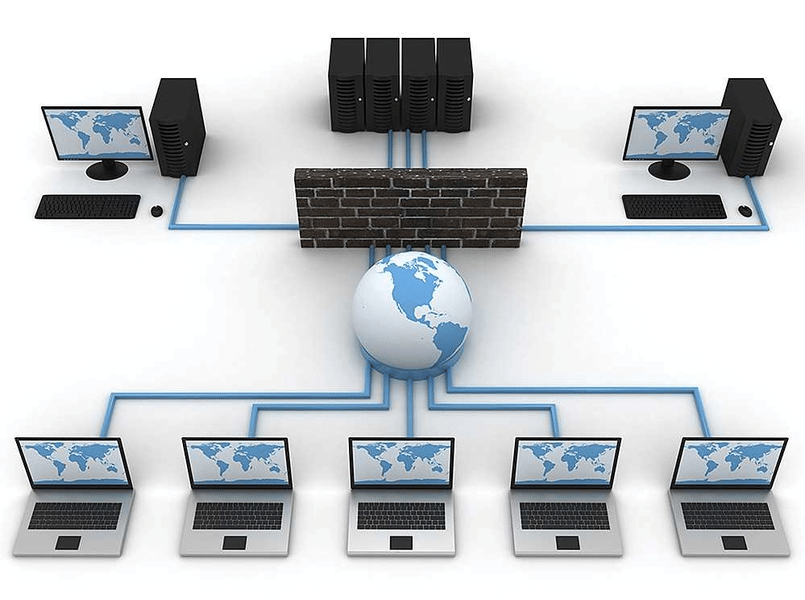
So, whenever you're using a computer or phone to browse the web, send emails, watch videos, or play games, you're using the Internet!
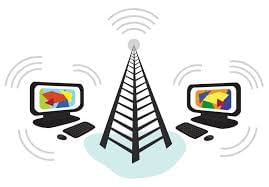
The Internet is essentially a vast network linking billions of computers and electronic devices worldwide. Being "online" simply means that a computer or device is connected to this network, enabling access to a wealth of information, communication with people across the globe, and numerous other capabilities.
What is the Web?
The web, or World Wide Web, is a big collection of websites that you can visit using the Internet. Each website is like a digital place where you can find information, pictures, videos, and more.
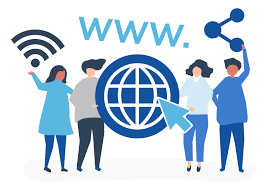
The web is a vast network of interconnected websites that you can access through the Internet.
- Each website contains a mix of text, images, and other resources.
- Websites come in many forms, resembling familiar media like newspapers or TV shows, or providing unique interactive experiences tailored to digital platforms.
Just like how you can visit different places in the real world, you can explore different websites on the web!
How Does Internet Work?
Understanding exactly how the Internet functions can be complex, but we will try to understand this in easier language.
- Firstly, the Internet is essentially a vast global network made up of physical cables, such as copper wires, TV cables, and fiber optics.
- Even wireless connections like Wi-Fi and 3G/4G rely on these physical cables to access the Internet.
- When you want to visit a website, your computer sends a request through these cables to a server. Think of a server as a giant storage unit where websites are kept, similar to your computer's hard drive.
- Once the server receives your request, it retrieves the website's data and sends it back to your computer. Remarkably, this entire process happens in just a matter of seconds!
- Apart from browsing websites, the Internet offers numerous other functionalities. For instance, it enables almost instant communication with people worldwide.
- Email remains one of the oldest and most widely used methods for sharing information online, with billions of users. Additionally, social media platforms provide various ways for people to connect and form online communities.
Internet Connection Protocols
Protocols are a set of rules that help in governing the way in which any particular body or technology works.
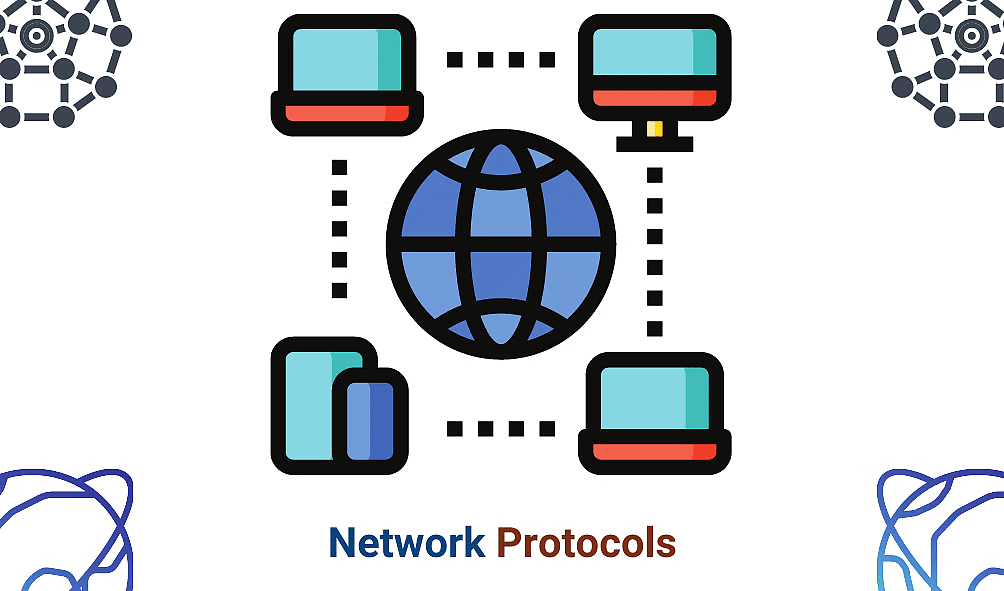
Internet Connection Protocols can be divided into three major types:
- TCP/IP Network Model – Transmission Control Protocol (TCP) and Internet Protocol (IP) are the most widely used protocols for connecting networks. It divides any message into a series of packets which are sent from source to destination
- File Transfer Protocol – Program files, multimedia files, text files, documents, etc. can be transferred from one device to another, using FTP
- Hypertext Transfer Protocol – Used for transferring a hypertext from one device to two or more devices. HTML tags are used for creating links and these links may be in the form of text or images.
Pros and Cons of Internet
(a) Pros of Internet:
- Easy Access to Information: You can find information on almost anything online, anytime, anywhere.
- Online Education: Learning new things has become easier with online courses and resources.
- Job Hunting: Both employers and job seekers can connect online, making job searches and hiring easier.
- Entrepreneurship: Many people start businesses online, selling products or services through their own websites.
- Visual Learning: The Internet provides visual and graphical representations of information, making it easier to understand complex topics.
- Reduced Distance: Social media and online communication tools make it easier to stay in touch with people no matter where they are.
(b) Cons of Internet:
- Dependency: People rely heavily on the Internet for information, which can sometimes lead to over-reliance.
- Cyber Crime: The Internet makes it easier for criminals to commit cybercrimes like hacking and identity theft.
- Distraction: Online games and endless information can be distracting, leading to decreased productivity.
- Bullying and Trolling: Some people use online platforms to bully others or spread hate, causing harm to individuals.
Internet safety
Internet safety, also known as e-safety or cyber safety, refers to the precautions taken to protect oneself while using the internet. It involves being careful and vigilant whenever you go online.
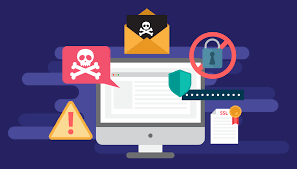
This term encompasses security measures for all devices with internet access, including computers, smartphones, and tablets. Staying safe online means safeguarding against various threats, such as identity theft, scams, and harmful communications, which can compromise personal information and even affect mental health and well-being.
Why Internet Safety is important for Children?
Let's explore why it's important to keep kids safe while they learn online and what we can do to protect them.
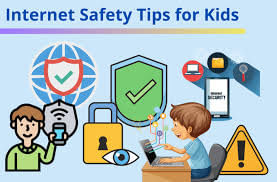
More Internet Access: With online classes, kids are using devices more often and have unlimited access to the internet. But they might not know how to stay safe online. There are people who might try to trick or harm them.
Inappropriate Content: The internet has lots of stuff that kids shouldn't see, like rude or violent things, and illegal downloads. We need to keep them away from these things so they don't get hurt.
Malware: There are bad programs called malware that can hurt devices and steal personal information. Sometimes they look like fun ads for toys or games, but they can be dangerous. Kids might click on them by mistake and cause problems.
Identity Theft: Some places online might try to steal kids' personal info, like their names or birthdays, and use it for bad stuff. We need to make sure kids know how to keep their information safe.
Sharing Private Information: Kids might share too much info online without realizing it, like where they live or go to school. Hackers could use this info to harm them.
Phishing: Sometimes, bad people send emails pretending to be someone else to get personal info. If kids click on these emails, they could accidentally give away important info.
Online Predators or Bullies: There are people online who might try to hurt or scare kids. It's important to teach kids how to handle these situations and to talk to us if something feels wrong.
Downloading Content: Kids often download stuff for school, but it can be risky. They might accidentally download harmful things like viruses or malware.
Passwords: Kids need to make strong passwords to keep their accounts safe. We should help them make passwords that are hard to guess and remind them to keep them private.
Researching: Kids sometimes look for info online for school, but they might end up on unreliable or unsafe sites. We should teach them how to find good sources of information.
Internet Safety Rules for Kids
- Set rules for what kids can do online and use parental control software to help keep them safe.
- Teach kids to keep personal info private and to be careful who they talk to online.
- Show kids how to use social media safely.
- Encourage them to talk to us if they see something online that worries them.
- Keep an eye on what they do online.
- Teach them about staying safe online.
- Spend time with them online to show them how to stay safe.
- Use school email addresses for online school work.
FAQs on Internet & Internet Safety Chapter Notes - Class 4
| 1. What is the difference between the Internet and the Web? |  |
| 2. How does the Internet work? |  |
| 3. What are some common Internet connection protocols? |  |
| 4. What are the pros and cons of using the Internet? |  |
| 5. Why is Internet safety important for children? |  |

